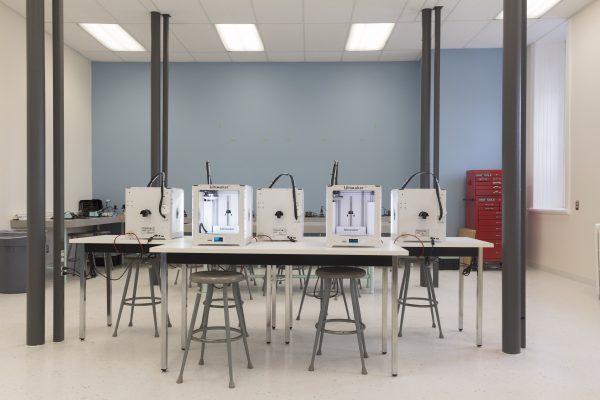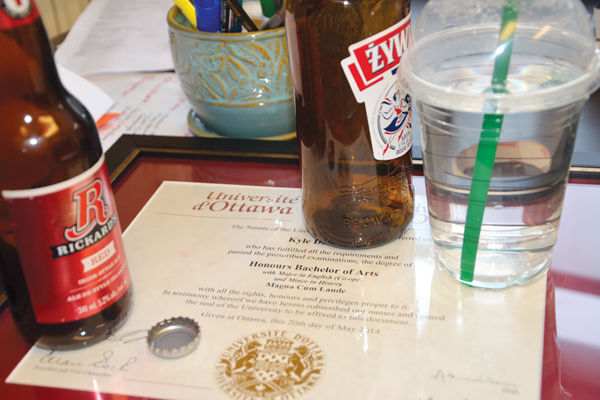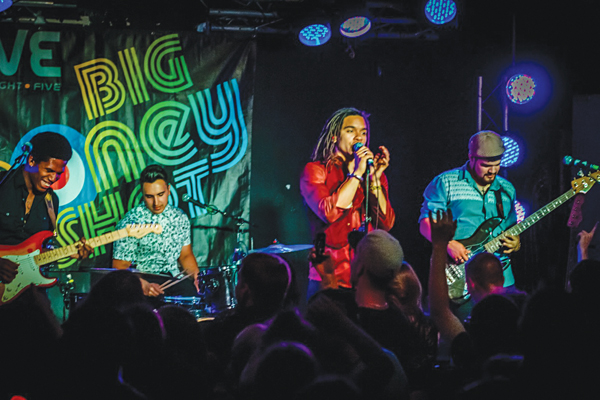Space provides opportunity for artists to create with new technology
University of Ottawa students in the Faculty of Arts now have access to new cutting-edge technology, thanks to a recently opened makerspace in the Visual Arts Building on Laurier Ave. The project aims to grant artists new tools that were previously reserved for engineering purposes, including cutting-edge software, several 3D printers, and banks of electronics workstations.
David Mcdougall, a part-time professor and sculpture technician in the department of fine arts, has spearheaded the project as part of a broader push to implement new technologies at the U of O.
“The dean (Kevin Kee) was really interested in digital humanities, that’s been his speciality and he wanted to see a movement toward implementing this technology into arts,” Mcdougall said. “So he wanted to create this space and spaces across campus to see how technologies can be used in new ways.”
McDougall and his team then augmented the dean’s mandate with new and existing equipment from the Faculty. But the new space is only one small part of a proposed network of coworking hubs across campus, a physical development that reflects his plans for the arts programs as a whole.
“There has always been technology in the arts—you have cameras and welders. This is about keeping abreast of all the new technologies and having a space within the arts to incorporate cutting-edge technologies as they happen, and merging them with some things more associated with engineering,” he said.
While much of the equipment seen in the makerspace has been common in engineering circles for many years, it has often required a level of technical expertise that has curbed its use. With this new initiative, the Faculty is hoping to make these technologies accessible.
“This is the kind of stuff that at one point was highly technical and has a great learning curve to use. Now you can come in and quickly understand the basics of 3D printing and digital modelling software,” Mcdougall continued. “So now we are reaching a point where a first-year fine arts student can do what it took a fourth-year engineering student to do 10 years ago.”

McDougall explains that multiple learning methods will be available to get arts students up to speed using the new equipment and techniques. Through a series of workshops, integration into existing courses, onsite technicians, and community learning, he hopes to close the technical gap between the arts and engineering.
His work mirrors what he sees as a greater movement across the art world, to adopt new methods and stay relevant through the use of new technologies.
“We want to work with the community. You have ArtEngine and SAW video as part of this movement—the maker movement, “Mcdougall said. “Engineering is ahead of the game, but we want to get the arts to establish a presence in that … it’s about that collaboration, cooperation and fabrication.”
The Arts Makerspace is now partially open on the second floor of 100 Laurier Ave.





